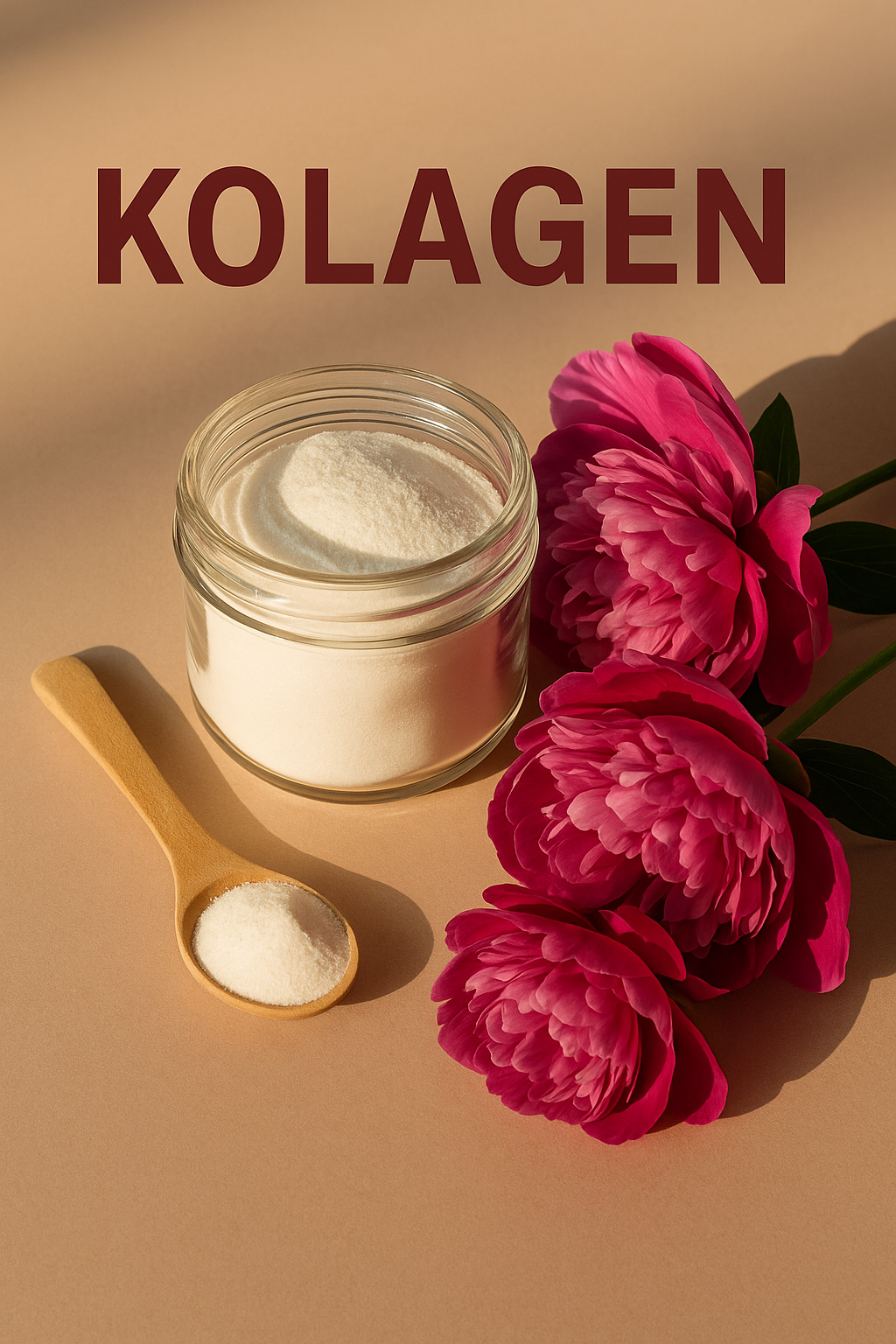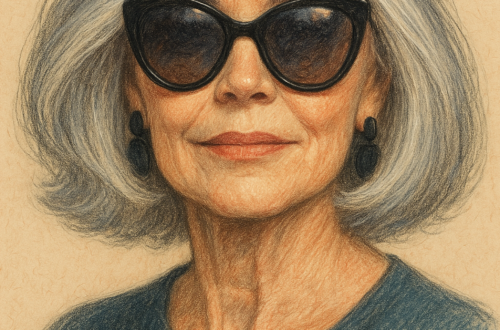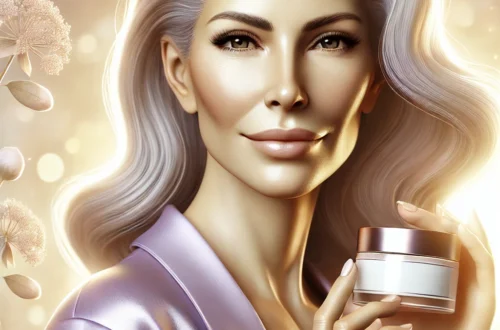
Collagen after fifty: Elixir of youth or just a bubble?
Find out how collagen affects your skin, joints, and hair after 50. Is it really that miraculous, or is it just a marketing gimmick?
Dear ladies, let's be honest - who among us hasn't sighed at least once over those little lines that have quietly crept into the corners of our eyes and lips? If you're over forty or fifty, you probably already know that collagen is not just an ingredient in a cream, but a term that appears in every second advertisement for eternal youth. So - is it worth believing in?
What is collagen and why does it start to bother us after fifty?
Collagen is a protein that makes up 30% of all the proteins in our bodies. Think of it as a delicate but indispensable network that holds our skin, joints, bones and ligaments together. Young bodies produce it themselves, but after the age of thirty its production slows down. After fifty it literally plummets. And with it our elasticity, hydration and overall “holding together”.
Types of collagen: which one is most important for us?

There is not just one type of collagen. Science distinguishes several types, but the most interesting ones for us are these three:
- Type I collagen: The most abundant in the human body. Found in the skin, bones, tendons and ligaments. It is ideal for supporting the strength of skin, hair and nails.
- Type II collagen: It is found mainly in cartilage. If our joints hurt, this type is our friend.
- Type III collagen: Works hand in hand with type I and is found in the skin and organs. Supports elasticity and tissue regeneration. Different supplements contain different types, so when choosing a product, focus on what you want to improve.
Different supplements contain different types, so when choosing a product, focus on what you want to improve.
Skin after fifty: a garden after drought
The lack of collagen first affects the skin. It loses its firmness, wrinkles, dryness and a kind of transparency begin to appear. And here comes the surprising injustice of nature – those who had oily skin in their youth are at an advantage today. On the contrary, owners of porcelain skin may struggle with wrinkles and dry spots.
Joints, tendons and ligaments: a subtle collapse inside
Collagen keeps our bodies mobile. As it decreases, we experience more painful joints, a greater tendency to sprains, and a decrease in muscle mass. It's like switching from Wi-Fi to dial-up. Everything works, but slowly and with difficulty.
Hair, nails, eyelashes: small SOS calls
When the body loses collagen, your hair and nails cry out for help. Your hair breaks, loses its shine, and your eyelashes thin out. Your nails crack even when you look at dough. Supplemental collagen can give them a new lease on life (and maybe even give you the childlike joy of a good manicure).
Why supplement it? And how?
After 50, we no longer produce enough collagen ourselves. Supplements can be helpful not only for the skin, but also for the joints and all those invisible bonds that hold us together. Hydrolyzed collagen is popular, ideally combined with vitamin C, which helps with its absorption.
Hyaluronic Acid: The Perfect Partner for Collagen
Hyaluronic acid is a natural part of our body – and when combined with collagen, it forms an inseparable pair. It is found most abundantly in the skin and joints, where it works with collagen to maintain elasticity, hydration and smooth movement.
What can he do?

- Produces synovial fluid that nourishes cartilage
- Helps slow down their wear and degradation
- Allows the skin to retain water and stay beautifully hydrated
In short – when collagen combines with hyaluronic acid, it's like Fred Astaire and Ginger Rogers meeting: each one is great on its own, but together they create magic.
Collagen and sports: yes, we still exercise after fifty!
We don't stop being active even after we turn 50. And collagen helps keep our tendons and joints in shape. Studies show that regular use of collagen can relieve pain and improve mobility.
Summary: A miracle? Maybe not. But a helper? Definitely
Collagen isn't a magic bullet that will take you back to your 20s. But it can be a loyal ally that helps your body slow down time. If you're looking for ways to feel good about yourself and stay on track, collagen could be a welcome companion. And let's face it: there's not much sexier than a 70-something woman who can do yoga and beat her granddaughter in tug-of-war.
So what do you think, ladies? Is collagen worth trying? Maybe it's time to say goodbye to pork knuckle and welcome a modern and effective form of collagen into your daily routine that will support your beauty and health. Because we, women 50+, deserve the best!
If you are interested in a more detailed scientific look at the effects of collagen, I recommend exploring summary of studies on PubMed, which focus on its effect on skin aging and joint health, or take a look at Harvard Health – they clearly summarize what really works and what is just marketing hype.





[…] Collagen after fifty […]